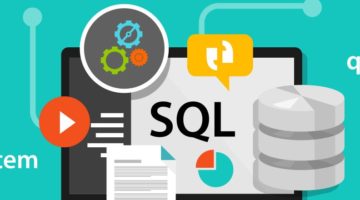One of the most controversial questions when running workshops with clients surrounds which costing method will be used for inventory. For users in the finance department, the inventory valuation comprises a large portion of their balance sheet reporting; and if salesperson bonuses are based on sales profitability, it’s very important to them as well.
Microsoft Dynamics NAV offers five different Costing Methods, four of which are variously useful depending on the type of inventory, and the fifth, LIFO (Last In First Out), is prohibited under International Financial Reporting Standards (IFRS).
Due to the high impact of the Costing Method decision, it is imperative to understand the ramifications and be able to defend the numbers.
FIFO
FIFO stands for First In, First Out and it means that the oldest stock is sold first. This is appropriate for purchased items that have a stable cost.
LIFO
LIFO stands for Last In, First Out and it means the newest stock is sold first. While it could be used to more accurately reflect current purchasing costs, there are some drawbacks. The first is that it deflates profit. Under the assumption that prices generally rise with inflation, the units with higher cost will be sold first, reducing profit and tax liabilities. Further to this, if inventory is liquidated using LIFO, profits soar because old stock is being sold at current prices. The reason LIFO is prohibited by the IFRS is because it can be manipulated in these ways.
Average
Average costing absorbs cost differences across the entire inventory and is primarily useful in either of two situations: inventory with volatile cost changes, such as bananas or other produce affected by weather events, or where the inventory is stored all together, such as a vat of chemicals.
Specific
Specific costing is most appropriately used for high value items, where the individual cost of each unit is independent from all others. This requires serial tracking of the items.
Standard
Standard costing is vital for manufactured goods. The cost of an item is predetermined by the best estimate of an administrator. This cost must be periodically maintained and updated to ensure that the Standard Cost always reflects the best estimate. If the actual manufacturing cost differs from the Standard Cost, that difference will be posted as a material or capacity variance.
Summary
From my experience, FIFO should be used unless there is good reason to use another Costing Method. For example, manufactured items should always use Standard costing, serial tracked items should always use Specific costing, and items with widely fluctuating costs should use Average costing. LIFO should never be used.
It’s important to note that once an item has been transacted, it’s very difficult to change the Costing Method. Due to the high impact of the Costing Method decision, it is imperative to understand the ramifications and be able to defend the numbers, either to an external auditor or a sales representative. Choose wisely and carefully.







